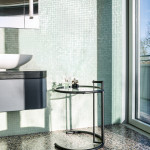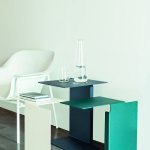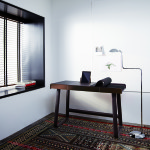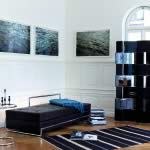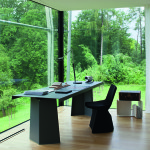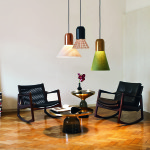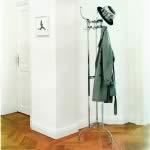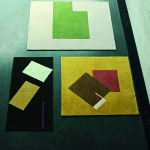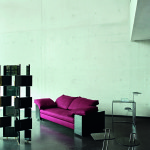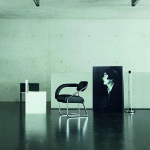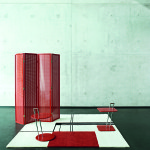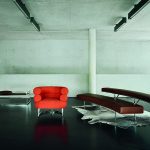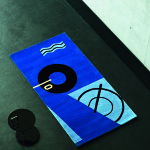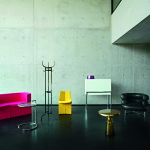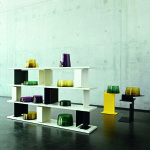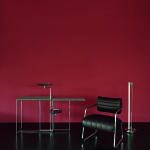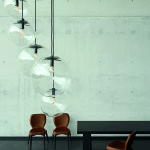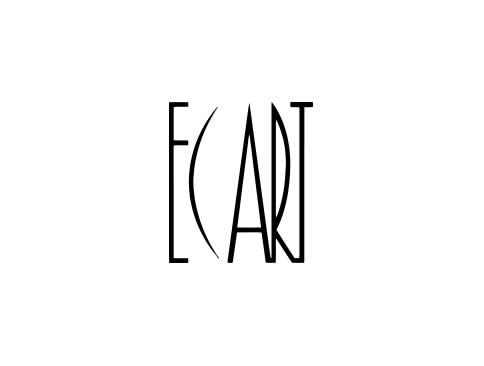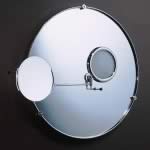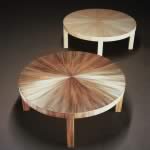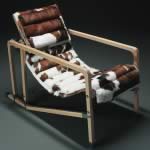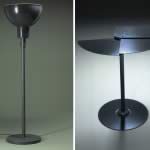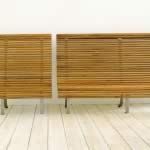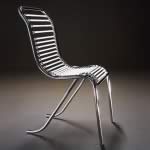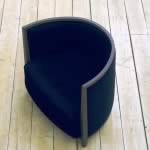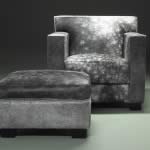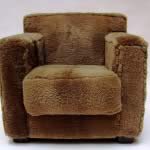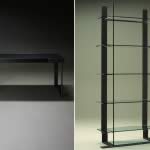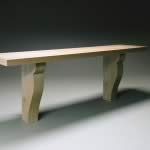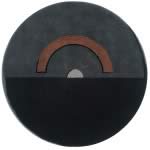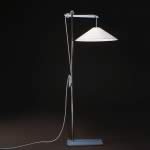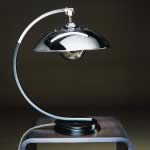ClassiCon is a German company, based in Munich, that challenges time, presenting a design that has spanned the centuries without losing appeal and modernity; its name itself is a “classic” and “contemporary” case, highlighting its duplicity from the beginning, aspiring to offer pieces of established characters who have made the world of design history since the early 1900s such as Eileen Gray and Eckart Muthesius, but also to promote contemporary design and present examples of new design with advanced quality and shape, giving it the “classic” designation. The brand is synonymous with high quality, strong individuality and timeless aesthetics, out of passing fashions. Classicon objects are timeless pieces, combinable in any domestic or business context, with a strong personality, but outside the most fleeting trends in the world of design.
Many collaborations with young international designers, with whom the company establishes a lasting partnership that continues over the years, creating a design history linked to each individual designer. The most intense and productive partnership is certainly that with the Munich designer Konstantin Grcic, who, since the first projects with the company, has included refined references to the iconic design work of Eileen Gray: the projects of Konstantin Grcic, who later became a star world of contemporary design, I am the result of careful reasoning on ergonomics and the contemporary way of life, with cultured quotes to the masters of design in a never banal or dusty reinterpretation.
Eileen Gray’s projects are all produced and present in the Classicon catalog, which is the worldwide licensee of Aram Design Ltd: in the early 70s Eileen Gray began to collaborate with the manufacturer Zeev Aram to develop her furniture and its lamps for series production. Finally, in 1973 the designer signed a worldwide contract with Aram Design in London to bring all her projects into production for the first time. Classicon is therefore the exclusive licensee of the entire Aram collection by Eileen Gray.
Quality is a fundamental element for the company, so much so that each piece is indelibly and consecutively marked and numbered, as a concrete and visible testimony to the attention paid to the production of each individual specimen. The Classicon signature therefore guarantees the use in the production of high quality materials and methods, with compliance with all ecological requirements; the quality control of the production is very high. The logo and the progressive numbering offer the guarantee that each limited edition is an authentic replica of the original, made with the consent of the rights holders and with absolute respect for the original itself.
High quality and timeless furnishings are therefore the key points of the ClassiCon philosophy, which can boast the presence of its furnishing elements in numerous European and international design museums.
